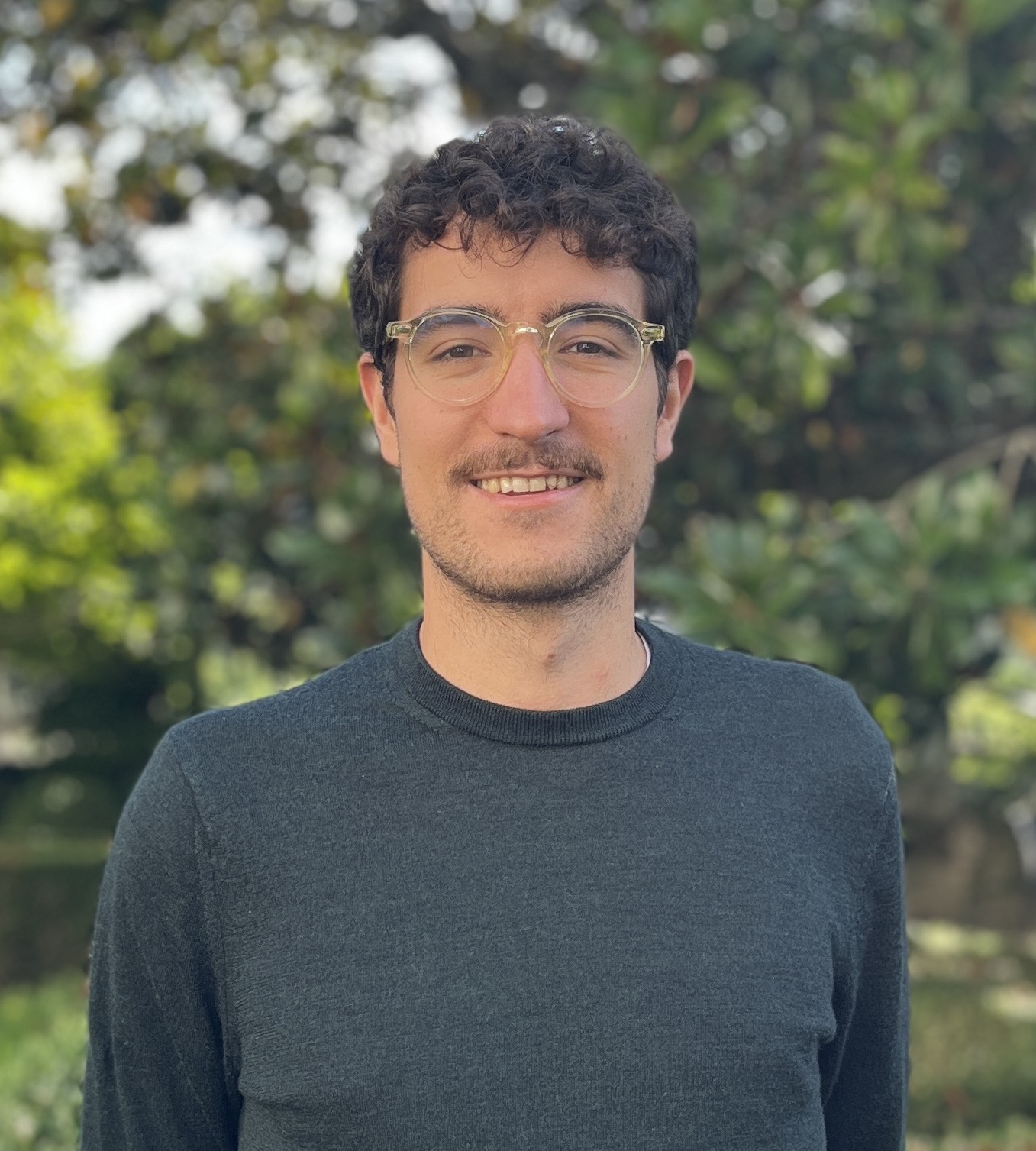Hi! I am Research Economist at the the Bank of Spain.
I received my PhD in Economics from CEMFI in 2024, and then spent a year as a Max Weber Postdoctoral Fellow at the EUI. In my research, I explore topics related to macroeconomic development and spatial economics.
You can find my CV here, and contact me at tomas.budi.ors@gmail.com or at tomas.budi@bde.es

Working Papers
"Rural-Urban Migration and Structural Change: A Reinterpretation"
(JMP) December 2025 (first version October 2023)
Submitted
Using panel data from Indonesia, I show that most workers switch from agriculture to non-agriculture within rural areas, rather than through migration to urban areas. Armed with a model in which workers choose both their location and their sector of work, I find that frictions to leave agriculture, rather than rural areas, are the main barrier to structural transformation.
"Macroeconomic Development, Rural Exodus, and Uneven Industrialization"
June 2025 (first version March 2022)
Revise and Resubmit JPE Macro
We show how internal migrations are a key determinant of the heterogeneous industrialization paths experienced by leading and laggard regions within a country. Focusing on Spain (1940-2000), we find that internal migrations, driven by declining migration costs, fully explain the lack of industrialization of its laggard areas, and accelerated growth at the aggregate level.
Work in Progress
"The Life-Cycle of Firms and the Productivity Advantages of Large Cities"
Slides | Draft coming soon!
Using administrative data on Spanish firms, I show that firms are more productive and grow more over their life-cycle in larger cities. I use this information to discipline a model of firm dynamics in which firms in big cities may grow larger due to (i) the effects of agglomeration forces on their productivity, or (ii) the evolution of their fundamental efficiency. I use the model to decompose the productivity differences across cities into the strength of agglomeration economies and the sorting of ex-ante more efficient firms, which has implications for place-based policies.